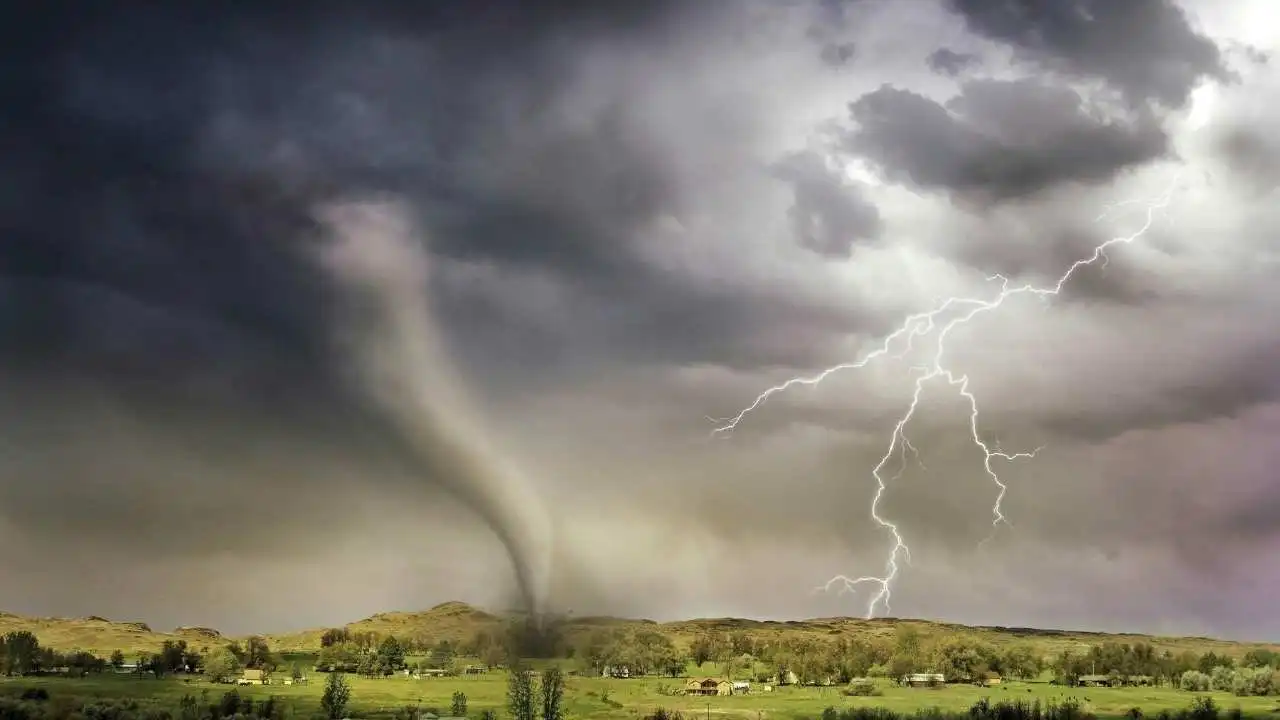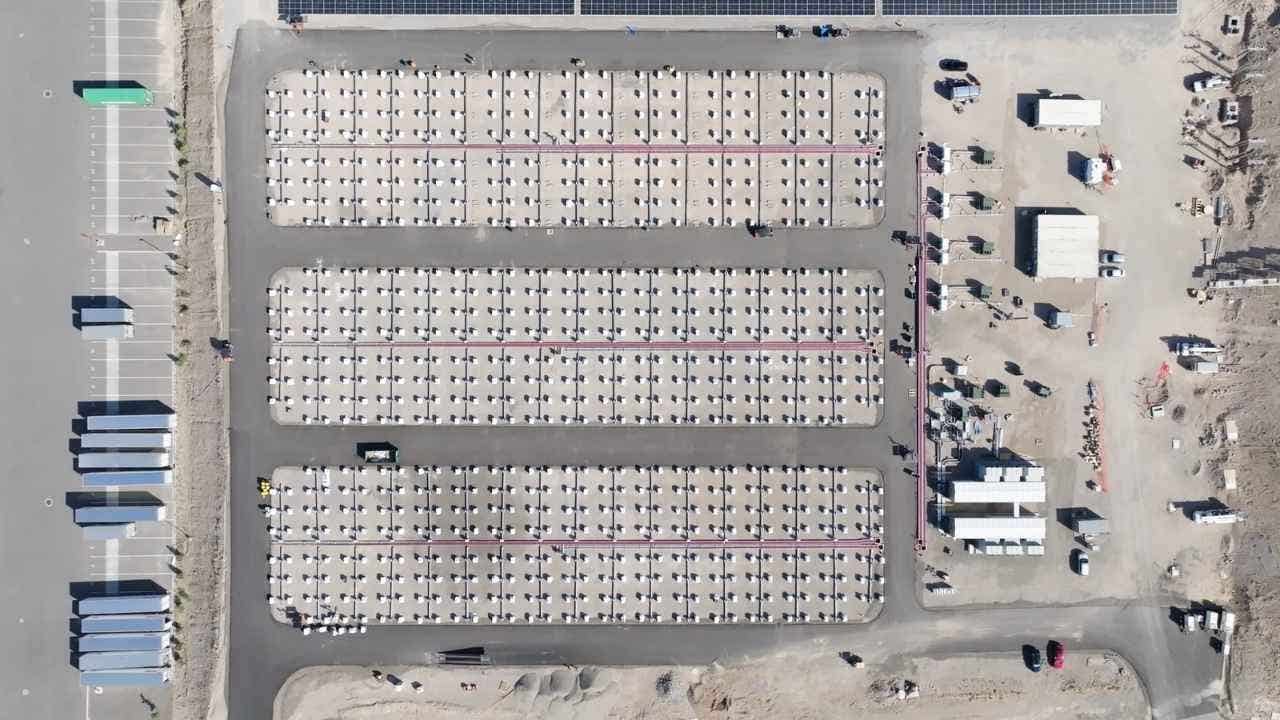Researchers say oxygen is being produced on the ocean floor. The mining company funding them isn’t happy

Oxygen is being produced on the ocean floor — seemingly by ancient lumps of metal — according to a new study. That discovery is putting the scientists behind it at odds with the Canada-based mining company that funded them.
“We were the worst critics of this paper for a long time,” Andrew Sweetman of the Scottish Association for Marine Science, who led the study, said in a statement.
“For eight years I discarded the data showing oxygen production, thinking my sensors were faulty. Once we realized something may be going on, we tried to disprove it, but in the end we simply couldn’t.”
The discovery has profound implications for our understanding of the deep ocean and its ecology. Scientists say the organisms that inhabit those ocean depths — which are also a mystery — may depend on oxygen from this newly discovered source.
But the study, published in Nature Geoscience, was funded in part by The Metals Company, a Vancover-based mining firm that has spent years arguing that mining in the deep ocean has a relatively low environmental impact, and is a better way to extract valuable minerals needed in green energy technology.
The company is now disputing the study’s findings, which could throw a wrench in its and others’ plans to mine the seabed.
What does the study mean for deep-sea mining?
Scientists from Europe and the U.S. collected and examined metallic, plum-sized lumps called nodules from the depths of around four kilometres of the Pacific Ocean’s floor, finding that they appeared to be creating oxygen out of seawater through a chemical reaction. The source of energy behind the reaction, along with several other details about how it is occurring, remains a mystery.
The nodules are believed to have formed over millions of years. They contain essential minerals that can power the transition to green energy, such as cobalt and lithium that are needed in technologies like electric-vehicle batteries, and companies want to extract them.
The study says the nodules carry an electric charge that could be splitting water molecules into this “dark oxygen,” through a process called seawater electrolysis.
If they are indeed a significant source of oxygen for deep-sea creatures, extracting them could damage or destroy those ecosystems.
What was the company’s response?
TMC has released a statement calling the dark oxygen research “flawed,” raising concerns about how the nodules were collected, and cited a study conducted by different researchers in a similar area that had contradicting results.
It said it is planning a more detailed scientific rebuttal to be published in the coming weeks, involving its own scientists and outside experts.
The company focuses on mining a part of the Clarion-Clipperton Zone, which is in the Pacific between Hawaii and Mexico, partnering with the island nation of Nauru to do so. It has supported other research on the ocean floor to demonstrate the impacts of mining it.
“We’ve never said that picking up these rocks and turning them into battery metals will have zero impact,” said Gerard Barron, the chief executive officer of The Metals Company, in an interview.
“What we’ve always said is that the impact will be a fraction compared to the land-based alternative, and our research is pointing to those conclusions, as well.”
Barron says he still firmly believes this kind of ocean mining is the lowest-impact way to get to these minerals.
“We need to have a massive injection of these metals to build the batteries, to build the renewable energy sources — whether it’s windmills or solar panels — to provide the infrastructure to the developing world as it continues to industrialize and people want for a better standard of living,” he said.
“It’s all metal-intensive, and as they say, if it ain’t grown, it’s mined.”
There are billions of tonnes of valuable minerals for electric vehicle batteries and energy storage at the bottom of the ocean, and a Canadian-registered company is leading the race to mine them. But marine scientists and environmentalists say it’s likely to risk a sea floor ecosystem about which little is known. Negotiations are underway at the International Seabed Authority this month in Jamaica.
Sweetman responded to TMC’s statement, saying that the study authors stand fully behind the paper.
“We would welcome future peer-reviewed studies that further investigate this phenomenon,” Sweetman’s statement said.
“Following the publication of this paper, I have been approached by other researchers with similar data sets also showing evidence of dark oxygen production that they discarded thinking equipment was faulty.”
Learning from nature
Apart from the discovery’s possible impact on marine biology, scientists are also excited about the prospect of learning something new about batteries — from nature.
“If we can have these millions and millions of years old manganese and polymetallic nodules carry out electrochemistry on their own as they’re grown, what can we learn from that to improve the catalyst that we’ve got here in our own laboratories and in our industries?” said Franz Geiger, a chemistry professor at Northwestern University in Illinois, who worked on the research.

Studying the nodules further, Geiger suggested, could help us develop better technology for the energy transition.
“That would be really fantastic to recreate a version of these nodules that works better at doing the chemistry that we want in order to get us away from a fuel economy.”
Ultimately, the new finding also highlights the need to further study the ocean floor, to better understand how ecosystems function down there and how mining at such depths would impact them — an effort Geiger called the “water version of a lunar space program.”
“You just go the other direction, and I think that’s what’s needed.”
What’s next for seabed mining?
The International Seabed Authority, a UN-affiliated intergovernmental organization, is currently having its annual meeting in Kingston, Jamaica, where countries will try to hash out rules on deep-sea mining. TMC, which has been pushing the authority to move forward with official rules on how mining can happen, has said it plans to apply for a licence to mine the ocean floor by the end of the year.
Last year, the Canadian government supported a moratorium on commercial seabed mining in the absence of a fuller understanding of its environmental impacts and a robust regulatory regime.
Environmental groups have warned against mining while so much remains unknown, and Canada is among 27 countries that have called for some sort of pause on it.





